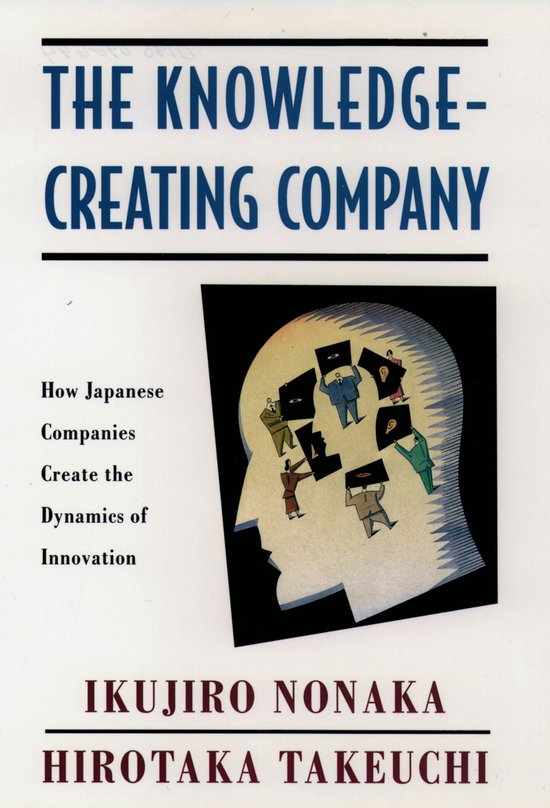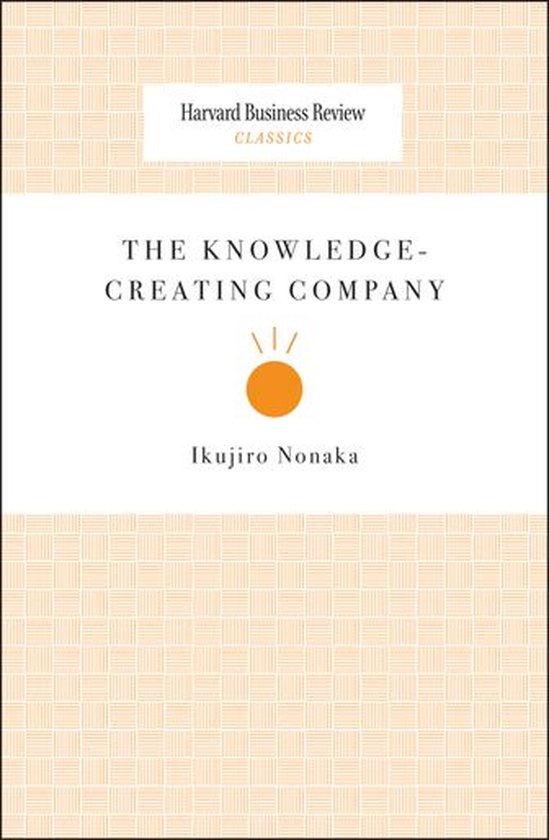
Working Knowledge
Establishes the vocabulary and concepts in the field of knowledge management. This book examines how various types of companies can understand, analyze, measure, and manage their intellectual assets, turning corporate wisdom into market value. It also presents an approach to catalogue and store knowledge.
This influential book establishes the enduring vocabulary and concepts in the burgeoning field of knowledge management. It serves as the hands-on resource of choice for companies that recognize knowledge as the only sustainable source of competitive advantage going forward. Drawing from their work with more than thirty knowledge-rich firms, Davenport and Prusak--experienced consultants with a track record of success--examine how all types of companies can effectively understand, analyze, measure, and manage their intellectual assets, turning corporate wisdom into market value. They categorize knowledge work into four sequential activities--accessing, generating, embedding, and transferring--and look at the key skills, techniques, and processes of each. While they present a practical approach to cataloging and storing knowledge so that employees can easily leverage it throughout the firm, the authors caution readers on the limits of communications and information technology in managing intellectual capital.
This influential book establishes the enduring vocabulary and concepts in the burgeoning field of knowledge management. It serves as the hands-on resource of choice for companies that recognize knowledge as the only sustainable source of competitive advantage going forward. Drawing from their work with more than thirty knowledge-rich firms, Davenport and Prusak--experienced consultants with a track record of success--examine how all types of companies can effectively understand, analyze, measure, and manage their intellectual assets, turning corporate wisdom into market value. They categorize knowledge work into four sequential activities--accessing, generating, embedding, and transferring--and look at the key skills, techniques, and processes of each. While they present a practical approach to cataloging and storing knowledge so that employees can easily leverage it throughout the firm, the authors caution readers on the limits of communications and information technology in managing intellectual capital.
| Auteur | | Thomas H. Davenport |
| Taal | | Engels |
| Type | | Paperback |
| Categorie | | Managementboeken |




